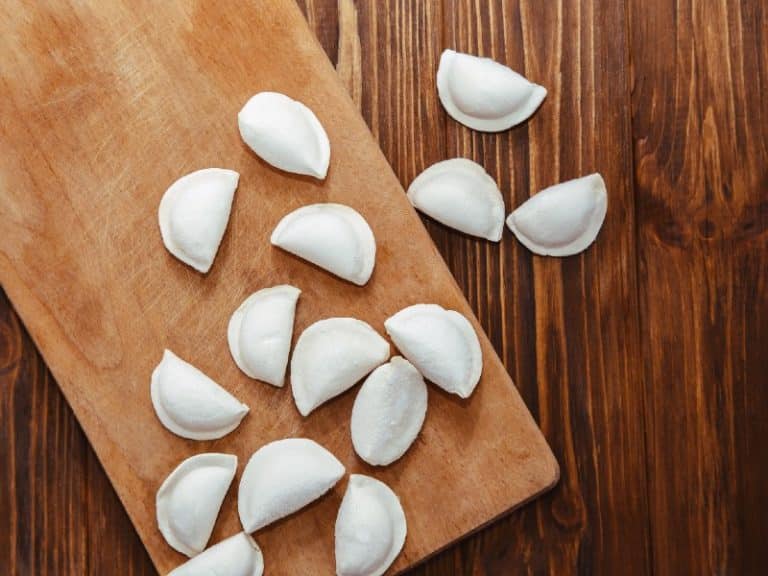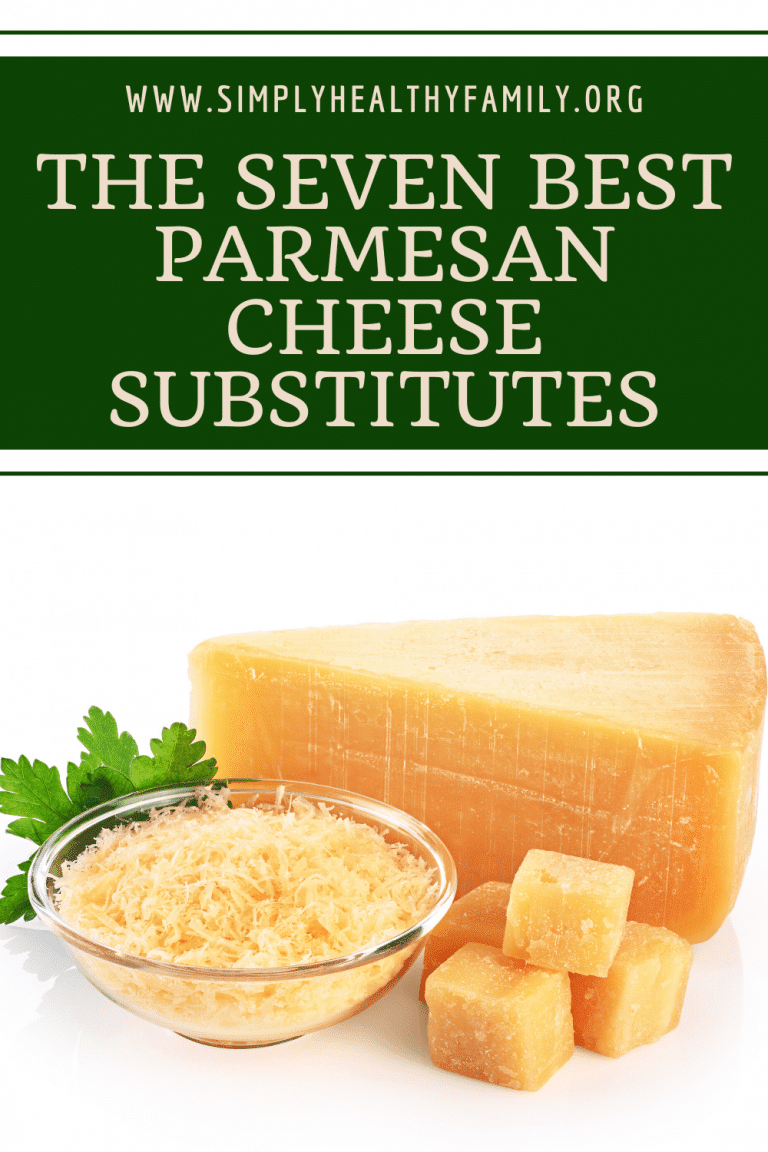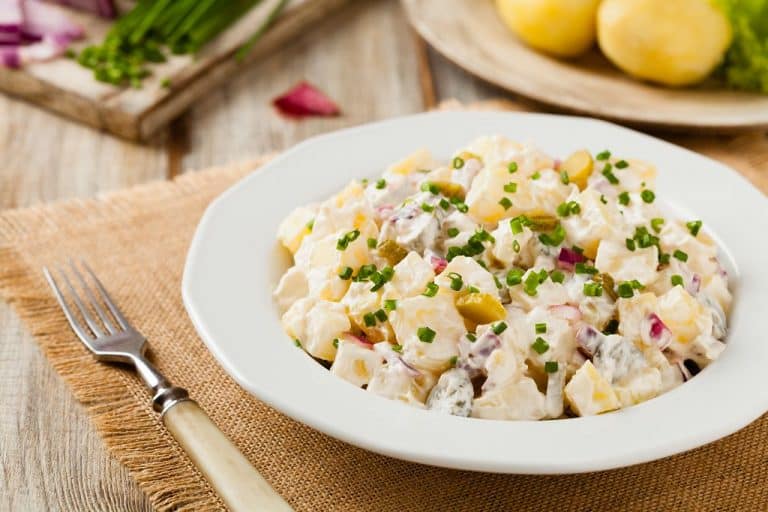Carob VS Cacao: All You Need To Know
When it comes to making chocolate dishes, there are several ingredients you can use. Two of which are the carob and the cacao. Since both are known to be sweet ingredients that are great for making chocolate food, both can easily be mistaken for one another.
Though carob and cacao might have a similar taste, both have very different and distinctive properties. If you’re planning on making any chocolate food any time soon, you should go through this article that to find out the difference of Carob VS. Cacao.
Related Reading: Food Before The Harvest
What Is Carob?
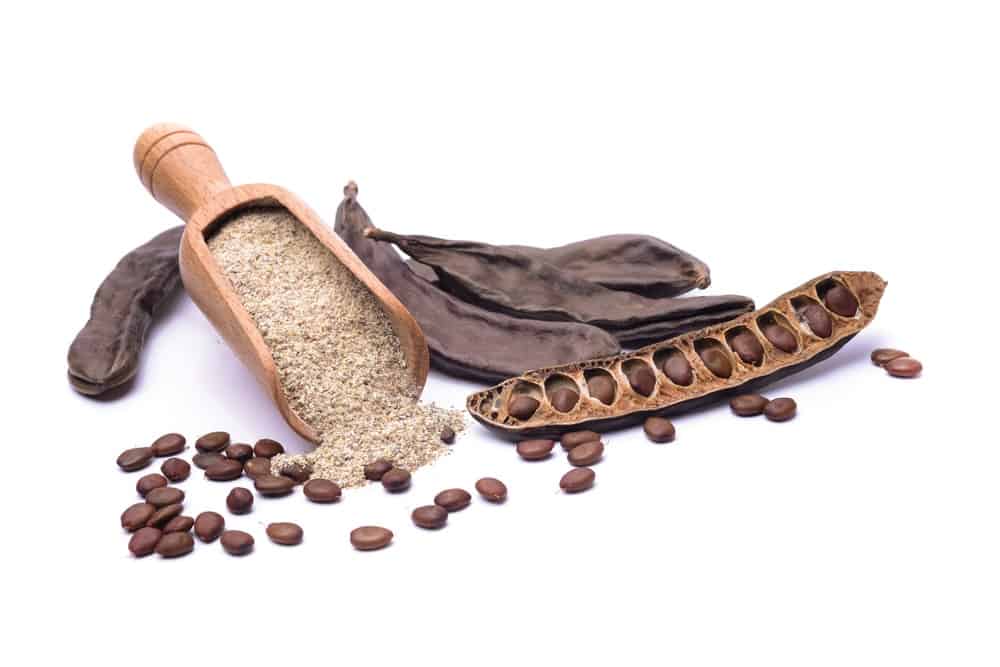
Carob is the product of the carob tree found in eastern Mediterranean and Middle Eastern regions. It is well known for being a cocoa and chocolate substitute for its sweet chocolate like taste. However, even though it is an effective substitute, it is significantly sweeter than cacao powder.
The carob plant’s use was dated to 4000 years ago. It even earned the name St. John’s bread for being mistaken as a locusts’ nest that was eaten by John the Baptist back in the day. Later on in 1854 it was introduced to the Americas, and was cultivated in California around 1873.
Calories And Fat
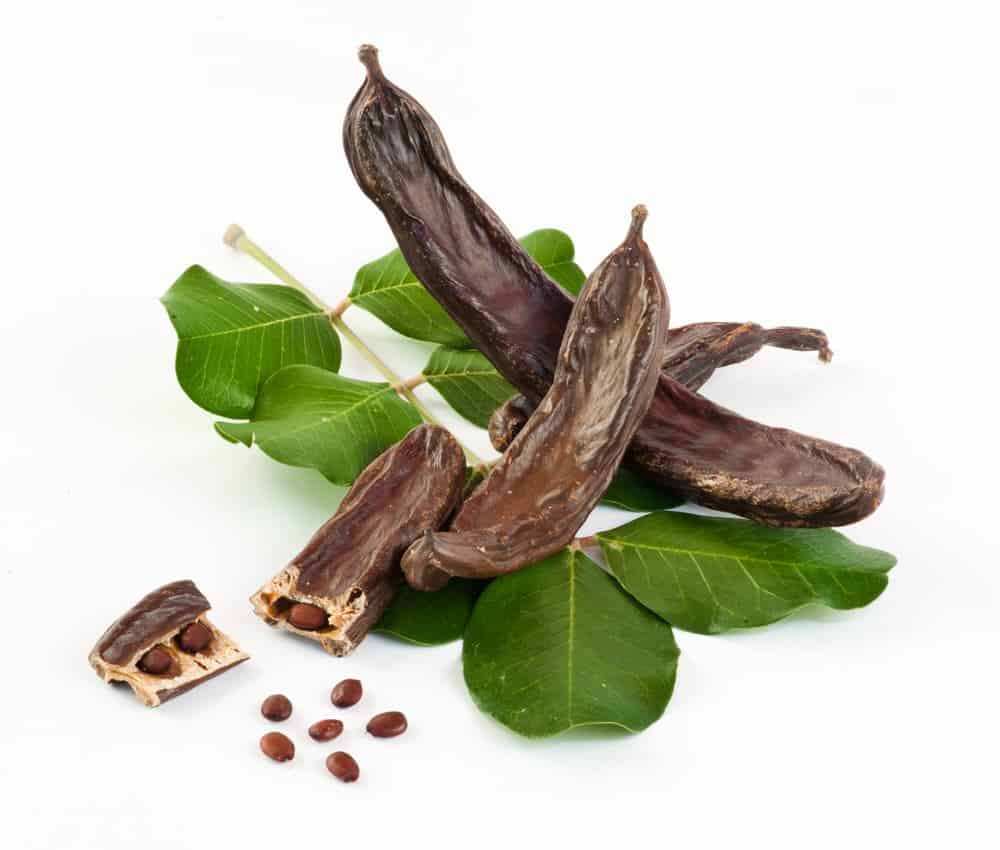
What’s great about carob is that it tastes like chocolate, but it contains only a third of the calories that chocolate has. Chocolate is basically 50% fat at 1595 calories per pound. Since carob contains less calories, it is considered to be somewhat fat free.
Hypoallergenic
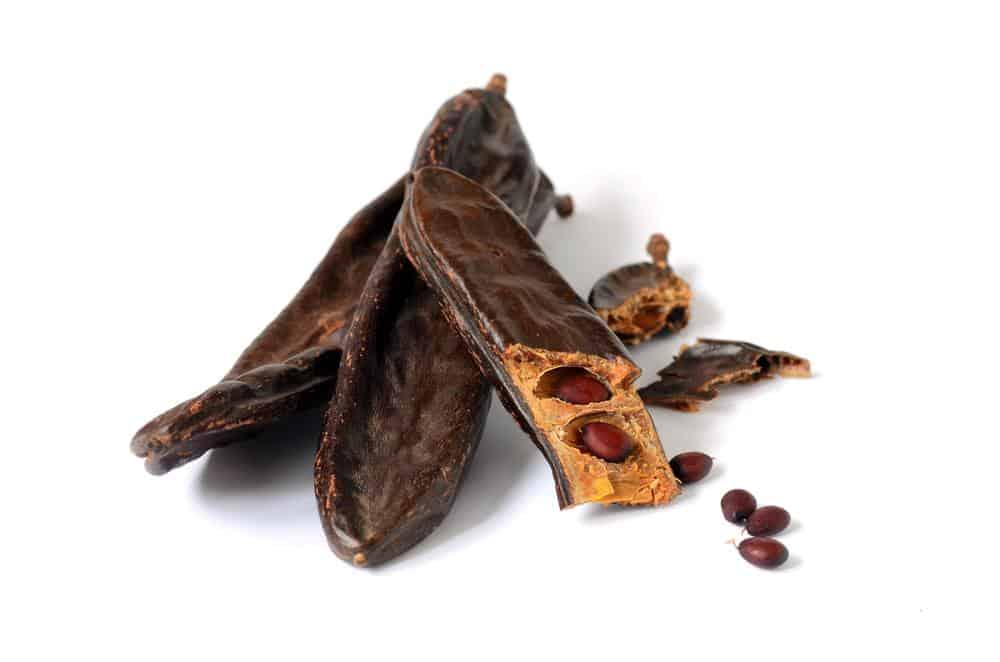
Another great thing about carob is that it’s very healthy. Carobs are hypoallergenic, full of protein, and doesn’t hinder calcium absorption. It also has a number of vitamins and nutrients including vitamins A, B, B2, B3, and D along with Nickel, Copper, Barium, Manganese, Potassium, Phosphorus, Iron, Calcium, and Magnesium.
Culinary Uses
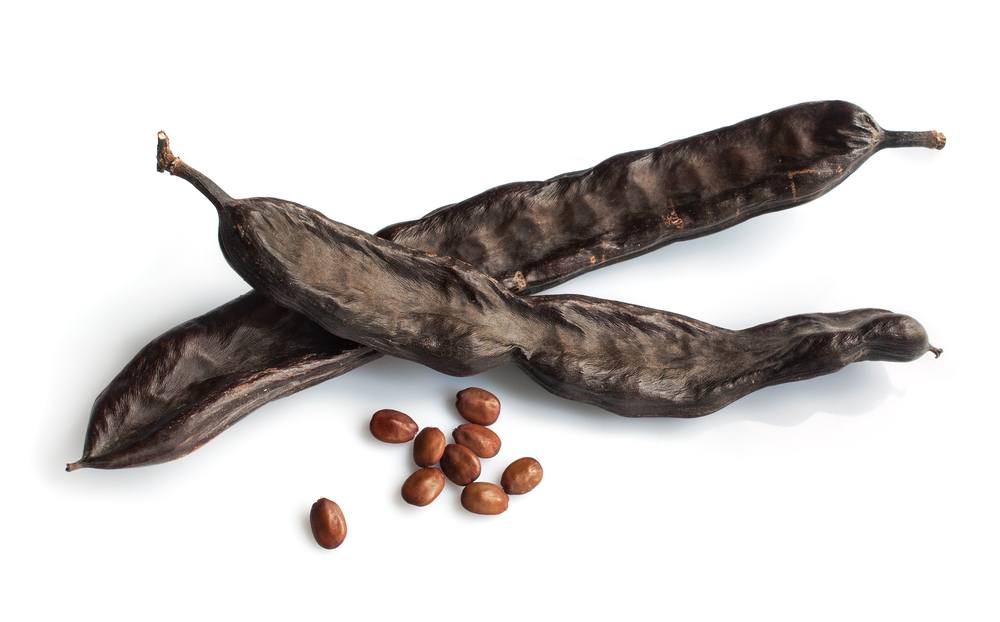
When it comes to culinary uses, carobs are perfect for making confectionary delights. Aside from being a substitute for cacao and chocolate, it can be used to prevent the crystallisation of sugars or as a stabiliser, thickener, or emulsifier.
As A Cacao Substitute
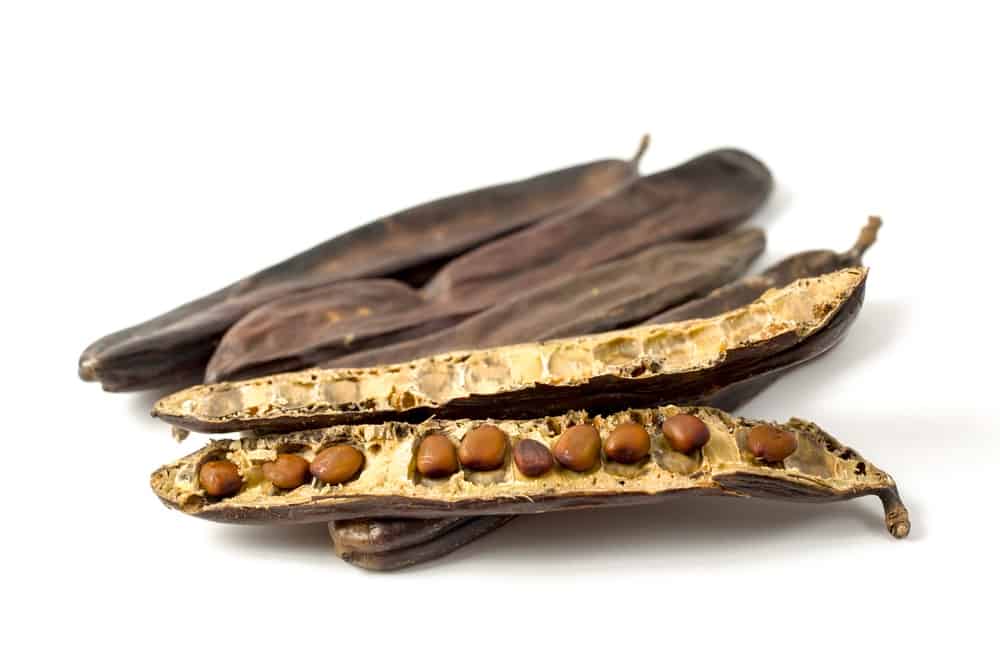
However, if you plan on using carob as a substitute for cacao, you must be well aware that carobs are significantly less sweet. This means that when using it as a substitute for cacao, you must use sugar to get a sweet chocolate taste.
But if you are using carob just to add a chocolate flavour to your dish, you will do fine without any added sugars.
What Is Cacao?
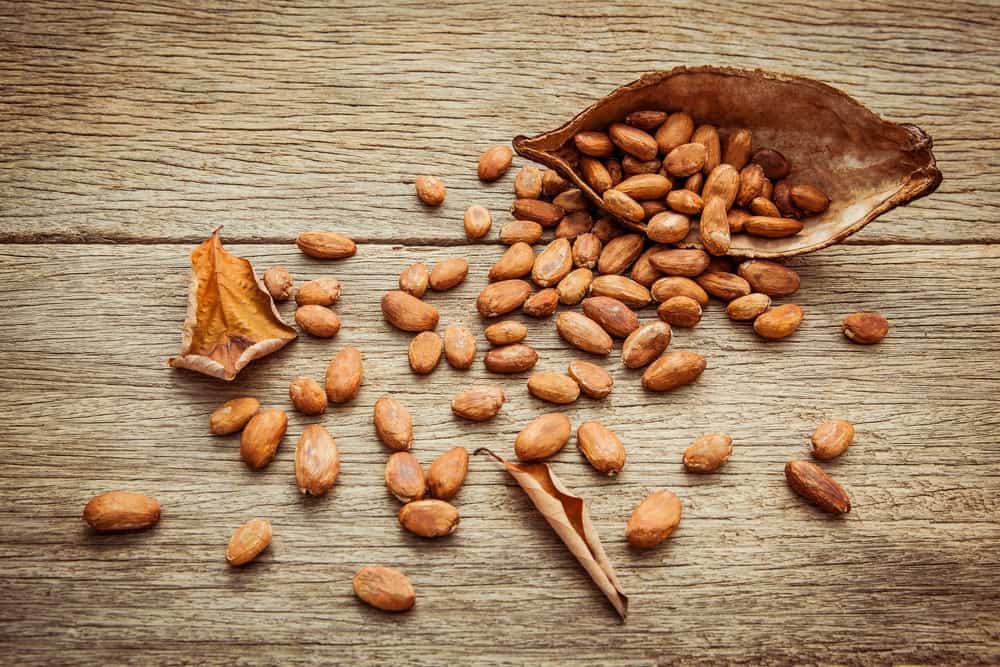
The cacao is often mistaken for its product, the well-known cocoa powder since both terms are being used interchangeably in kitchen settings. To make things clear, cacao is the tree from which the cocoa powder came from.
The cacao tree produces cacao pods whose beans are turned into the sweet chocolate tasting cocoa powder.
Cacao powder originally spread from Southern American region a couple of years ago. They were highly celebrated for their aphrodisiacal properties and more importantly, their medicinal benefits. Because of so, cacao powder easily became one of the most traded commodities back in the day.
Despite the wonderful products made from cacao that we enjoy today, cacao wasn’t always enjoyed as a sweet chocolate back then.
Before chocolates, Europeans disliked the taste of cacao powder until they discovered adding honey to it makes it extremely delicious. Ever since then, cacao products have been spread internationally both in liquid and solid forms.
Health Benefits Of Cacao
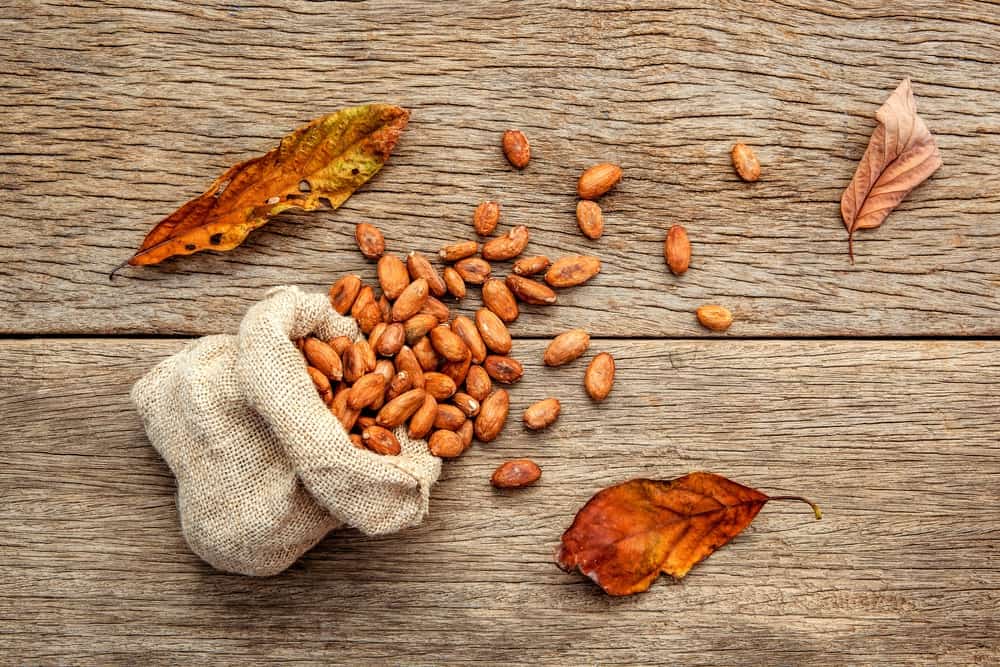
As for the health benefits of cacao powder, it contains 20 times more antioxidants than blueberries and four times more than the average dark chocolate.
Raw cacao powder contains approximately 300 chemical compounds that makes up several nutrients that are good for the body.
Eating cacao powder will provide you with important fatty acids, antioxidants, flavonoids, sulphur, magnesium, riboflavin, thiamine, carotene, calcium, and even protein.
Since cacao powder contains several nutrients, it has the capability to lower your LDL cholesterol, enhance heart health, and even reduce the risk for cancer.
Though cacao powder has its fair share of health beneficial nutrients, it also contains sugar. This means that over consumption of cacao may also lead to unfavourable health conditions including weight gain and even diabetes.
If you are planning on using cacao powder as a confectionary ingredient, you should decrease the amount of sugars you put in your dish since cacao powder already has enough.
A Quick Recap
To cap things off, I would like to remind you that using carob in place of cacao is okay, but will require more sugar if you want to achieve a closer taste to cacao. You should also be mindful of how much cacao you eat since it contains plenty of sugars that aren’t good for the body when taken in large doses.
If you like this article, and would like to read more just like it, please leave us your feedback in the comment box below. Until next time, enjoy!




